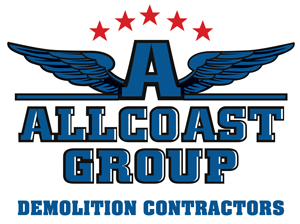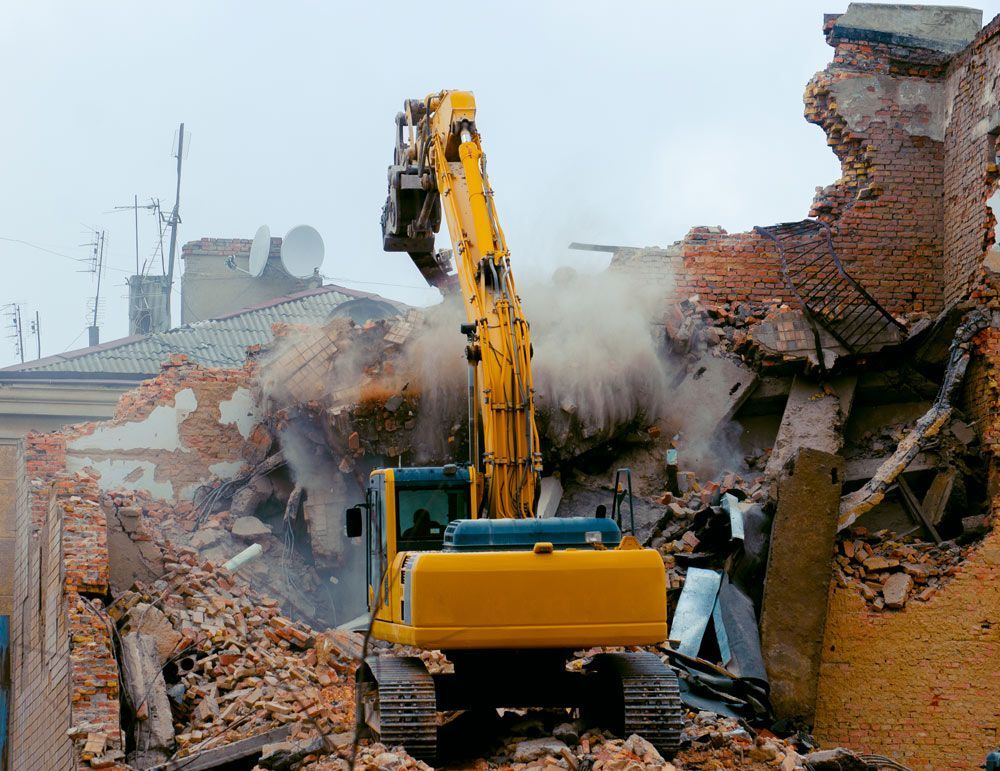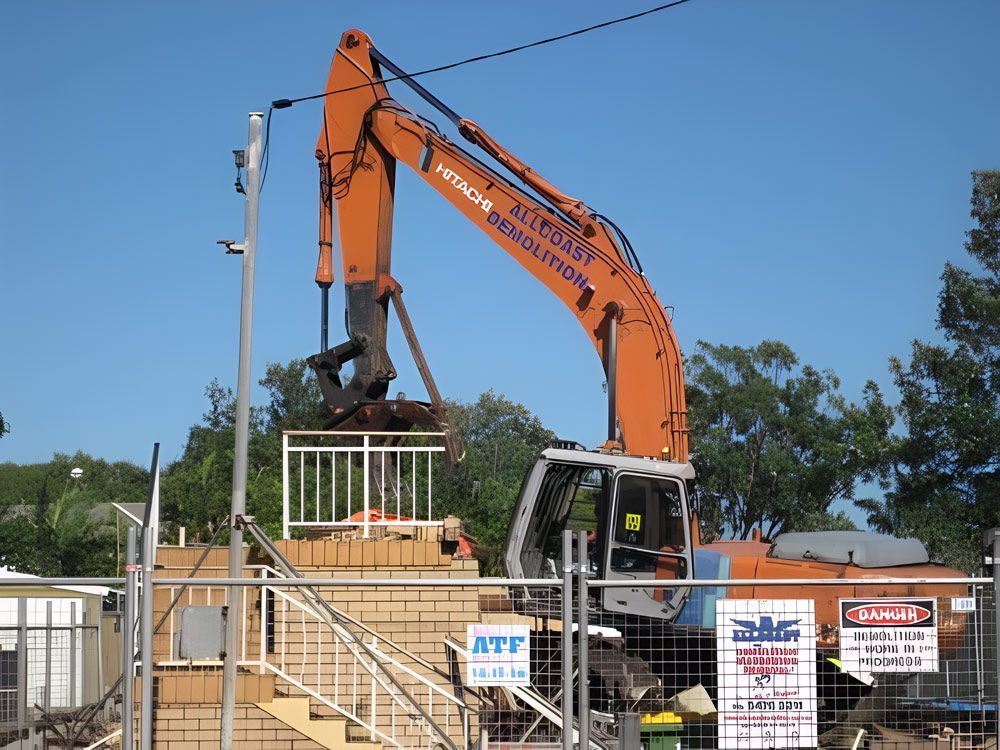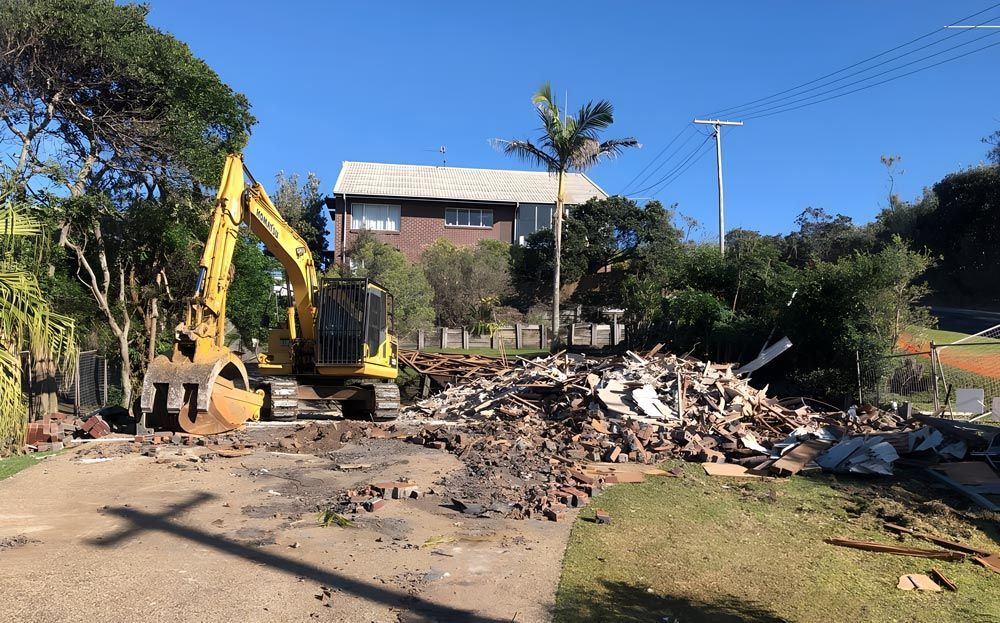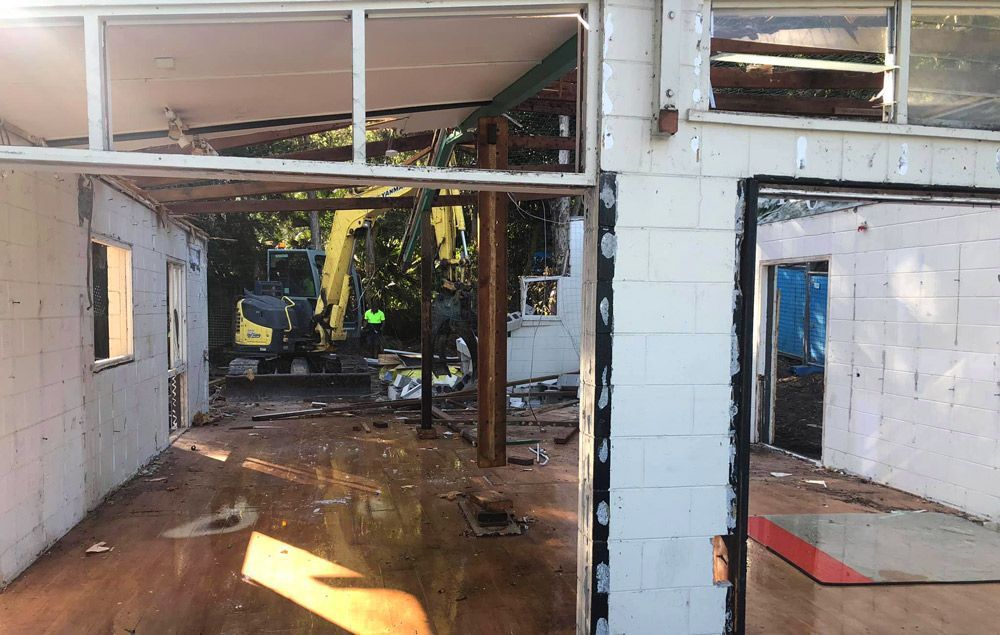How To Plan For A Successful Demolition
Demolition is about more than just tearing down a building and clearing the site. It's a complex process that requires meticulous planning, an understanding of safety protocols and a keen eye for detail. If you're gearing up for demolition, here's a step-by-step guide to ensure a smooth and successful project.
Why Proper Planning Is Important
Before diving into the details, it's important to understand why thorough planning is necessary:
- Safety First: A well-planned demolition ensures the safety of everyone involved, from the workers on-site to the neighbouring properties and their occupants.
- Environmental Responsibility: Proper planning helps in minimising waste and ensuring that recyclable materials are reused.
- Efficiency:
A well-structured plan ensures that the project stays on schedule, avoiding unnecessary delays and disruptions.
Steps To Plan A Successful Demolition
Each step in the planning process plays an important role in ensuring the project's success.
1. Obtain The Necessary Permits
Every demolition project, regardless of its scale, requires specific permits. These permits are not just a legal formality but a testament to the project's adherence to local regulations and standards:
- Research Local Regulations: Each council or governing body will have its own set of requirements. Familiarise yourself with these to avoid potential legal complications.
- Documentation: Ensure you have all the necessary documentation, including the site plan and demolition scope.
2. Conduct A Site Assessment
A thorough site assessment is the foundation of a successful demolition:
- Structural Analysis: Understand the building's structural elements.
- Hazardous Material Check: Older buildings might contain materials like asbestos, which require special handling and disposal methods.
- Surrounding Infrastructure: Assess the proximity to other buildings, power lines and public infrastructure. This will help in determining safety measures and potential access points for machinery.
3. Develop A Safety Plan
Safety is paramount in demolition projects:
- Equipment Safety: Ensure all machinery and tools are inspected and in optimal working condition.
- Worker Training: Make sure all workers are trained in safety protocols specific to the project.
- Public Safety: Set up barriers, signage and, if necessary, traffic diversions to ensure the safety of the public around the demolition site.
4. Plan For Waste Management
Effective waste management is both an environmental responsibility and a way to enhance efficiency:
- Material Segregation: Separate materials at the source, making recycling and disposal more streamlined.
- Hazardous Waste: Prepare a separate plan for hazardous materials, ensuring they're disposed of in compliance with regulations.
- Recycling:
Identify local recycling facilities and understand their requirements.
5. Choose The Right Equipment
The right tools can make a significant difference in the efficiency and safety of the demolition project:
- Type of Demolition: Different demolition projects require various types of equipment.
- Accessibility:
Consider the site's accessibility when choosing machinery. For tight spaces, specialised equipment might be needed.
6. Notify Neighbours And Stakeholders
Open communication can help mitigate potential disruptions:
- Advance Notice: Provide neighbours with an advanced notice detailing the project's scope and expected duration.
- Feedback Loop:
Establish a communication channel for neighbours and stakeholders to express concerns or seek clarifications.
7. Set A Clear Timeline
A well-defined timeline ensures the project stays on track:
- Organised Approach: Break down the demolition into phases, allocating time for each. This allows for better management and monitoring.
- Contingency Planning:
Account for potential delays, whether due to unforeseen challenges or external factors like weather.
Commercial And Residential Demolition On The Sunshine Coast
At
Allcoast Group Demolition Contractors, we bring expertise to every demolition project. Our experience encompasses a diverse range of industries, including council, state government and retail development.
Contact us today to discuss your project!
